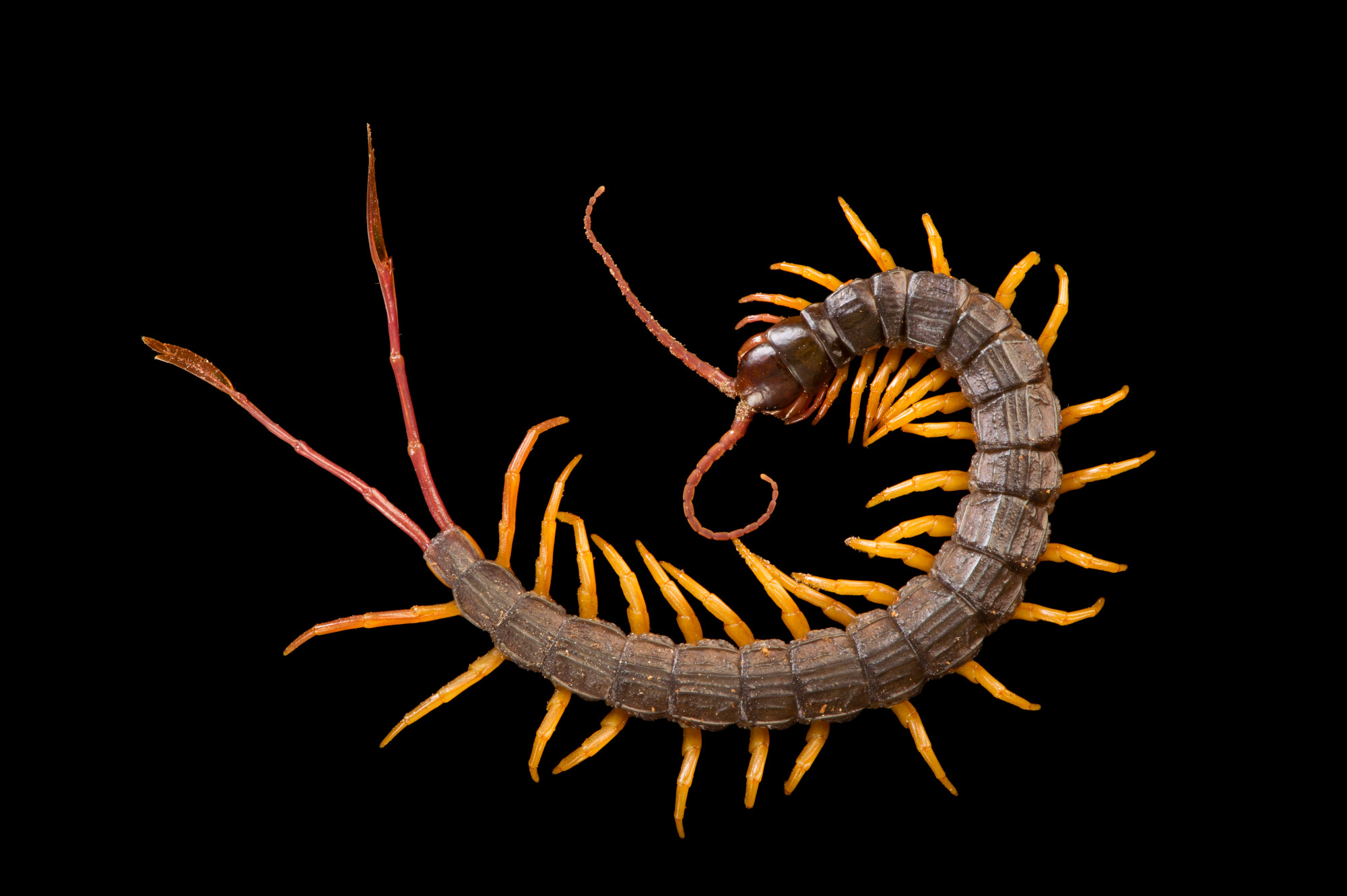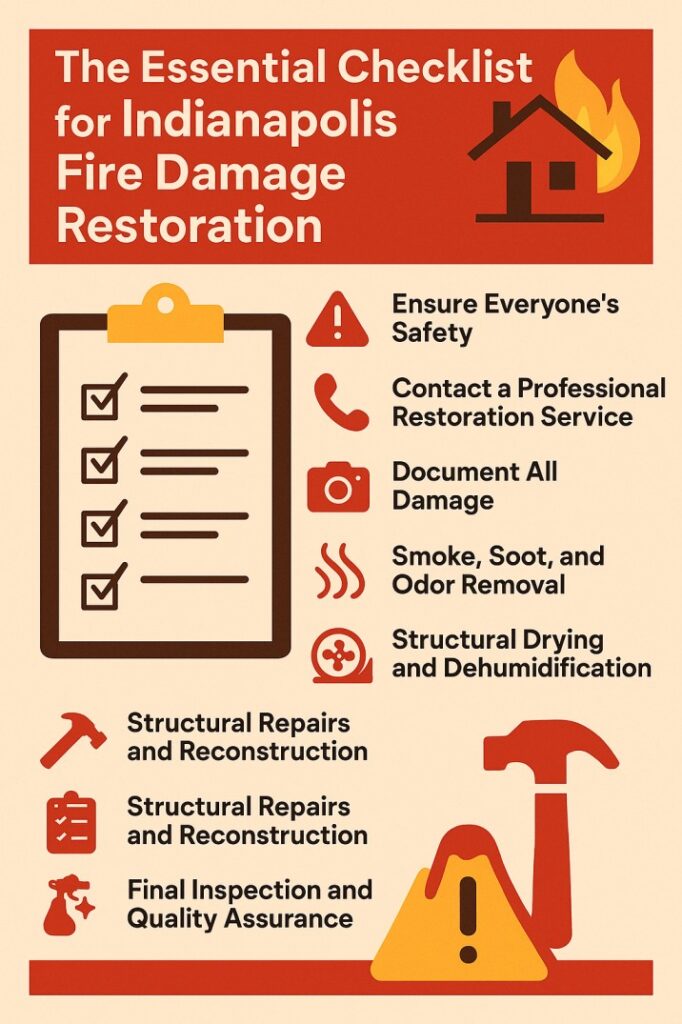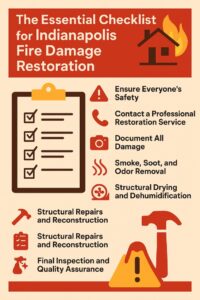There is no denying the fact that centipedes are the kind of common household pest that can cause a lot of discomfort and anxiety for homeowners. These are multi-legged creatures that do not seem harmless to humans but can be alarming due to their appearance and rapid movement. In this blog post, we will understand how to effectively get rid of centipedes in your home with proper Pest Control Geelong. So let’s not wait any longer and jump right into it!
Understanding Centipedes
Centipedes, belonging to the class Chilopoda, are elongated arthropods with one pair of legs per body segment. Despite their name, which means “hundred legs,” they can have anywhere from 15 to 177 pairs of legs. Centipedes are primarily nocturnal predators that feed on other insects, which means their presence can indicate a more significant pest problem.
Identification
Before tackling a centipede infestation, it’s crucial to correctly identify them. Key characteristics include:
– Long, flattened bodies with multiple segments
– A pair of antennae on their heads
– One pair of legs per body segment, with the first pair modified into venomous claws
– Rapid, snake-like movement
Why Are Centipedes in Your Home?
Centipedes typically enter homes in search of food, moisture, and shelter. Here are the primary reasons they might be in your home:
– Food: Centipedes feed on insects and other small arthropods. If you have an existing pest problem, centipedes will likely follow.
– Moisture: These creatures thrive in damp environments, such as basements, bathrooms, and kitchens.
– Shelter: Centipedes seek out dark, hidden areas to hide during the day, including under rocks, leaves, or inside cracks and crevices in your home.
Prevention Tips
Preventing centipedes from entering your home is the first step in controlling them. Here are some effective strategies:
- Reduce Moisture: Centipedes are attracted to damp environments. Fix any leaks in your plumbing, use dehumidifiers in humid areas, and ensure proper ventilation in bathrooms and kitchens.
- Seal Entry Points: Inspect your home for cracks and gaps in walls, windows, doors, and foundations. Use caulk or weatherstripping to seal these entry points.
- Eliminate Clutter: Centipedes love hiding in cluttered areas. Keep your home tidy, especially in basements, attics, and storage areas. Regularly clean and organize these spaces.
- Yard Maintenance: Outside your home, keep your yard free of debris, such as leaves, grass clippings, and woodpiles. Trim back shrubs and plants from the foundation to reduce hiding spots.
- Reduce Other Pests: Since centipedes feed on other insects, controlling the population of spiders, ants, and other pests will make your home less attractive to centipedes.
Eradication Methods
If you already have centipedes in your home, here are several methods to eliminate them:
- Manual Removal: For a small infestation, manually removing centipedes can be effective. Use a vacuum cleaner to capture them and dispose of the vacuum bag immediately.
- Sticky Traps: Place sticky traps in areas where you have seen centipedes. These traps will catch centipedes and other crawling insects.
- Insecticides: Use insecticides labeled for centipedes, focusing on entry points and hiding spots. Be cautious and follow all safety instructions on the label.
- Natural Repellents: Some natural substances can repel centipedes. Diatomaceous earth, a fine powder made from fossilized algae, can be sprinkled around entry points and damp areas. Essential oils, such as tea tree or peppermint oil, can also be effective when diluted and sprayed around your home.
- Professional Pest Control: For severe infestations, consider hiring a professional pest control service. They can provide comprehensive treatment plans tailored to your home’s needs.
Long-Term Solutions
Once you’ve dealt with an immediate centipede problem, it’s essential to take steps to prevent future infestations:
- Regular Inspections: Regularly inspect your home for signs of pests and address any issues promptly.
- Maintenance: Keep up with home maintenance tasks, such as repairing leaks, sealing cracks, and cleaning cluttered areas.
- Pest Control Plan: Implement a long-term pest control plan, which might include periodic professional treatments and regular use of natural repellents.
The Role of Centipedes in the Ecosystem
While centipedes can be a nuisance indoors, it’s essential to remember their role in the ecosystem. They are natural pest controllers, feeding on insects that might otherwise become a problem in your home. By understanding and addressing the root causes of a centipede infestation, you can manage them effectively without completely disrupting the local ecosystem.
Conclusion
We totally understand that dealing with centipedes in your home can be unsettling and challenging. With that being said, if you are able to implement the right kind of approach, you will be able to eliminate them and prevent future infestations.
It is important for you to remember that while centipedes are unwelcome guests indoors, they certainly play an essential role in controlling other pests in the environment.









